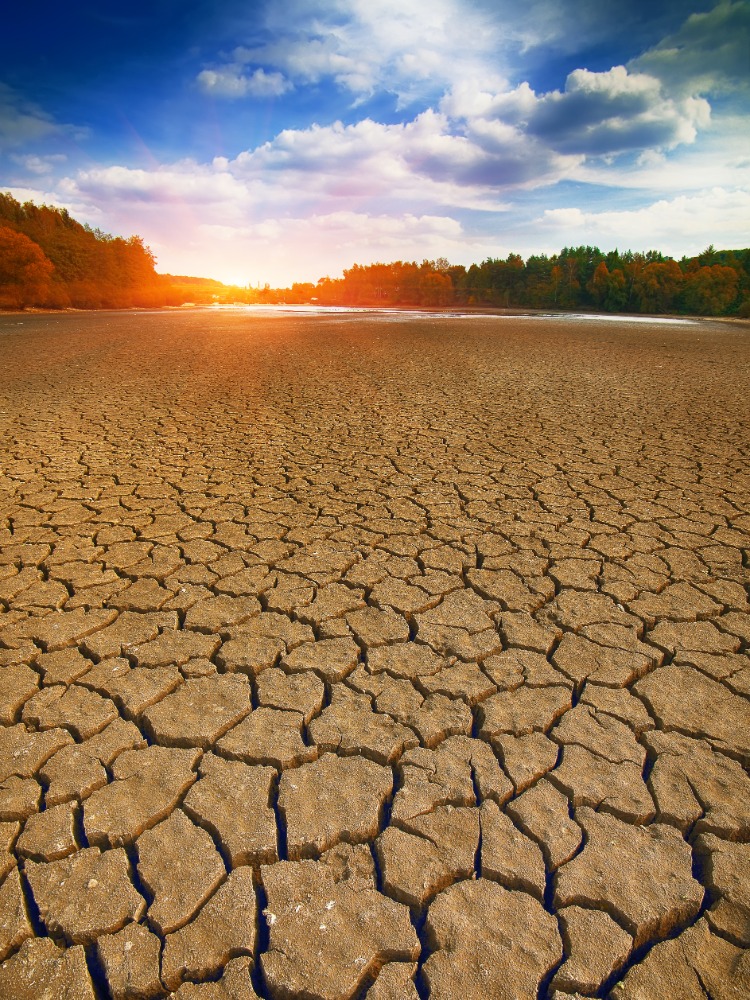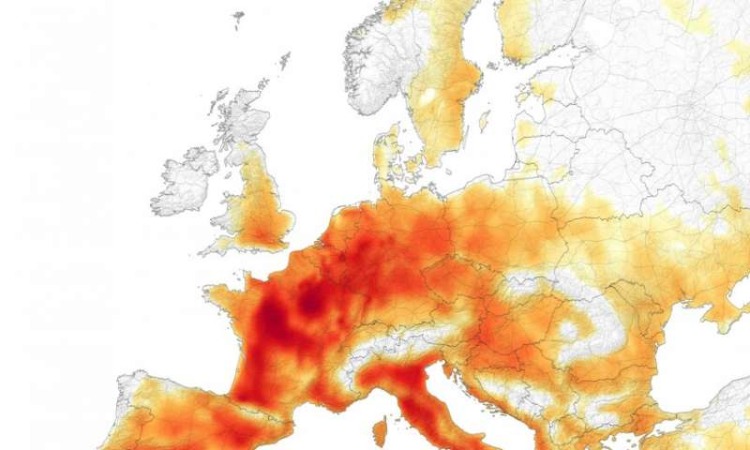Heat stress in people due to global warming and climate change
According to a new study, heat stress in humans due to extreme temperatures and humidity will affect areas in which 1.2 billion people live by 2100. This happens on the assumption of the current greenhouse gas emissions. That is more than four times the number affected today and more than twelve times the number affected without global warming in the industrial age.
High risk of heat stress in humans

Most climate research on projected heat stress in humans has focused on this issue. However, these do not take into account the role of humidity, which is another important driver.
“When we look at the risks of a warmer planet, we have to pay particular attention to the combined extremes of heat and moisture. This is because they are particularly dangerous for human health. “That's what lead author Robert Kopp said.
Accordingly, heat stress in humans arises from the inability of the body to cool down properly through sweating. Body temperature can rise quickly, while high outside temperatures damage the brain and other vital organs. The exposure to heat ranges from milder conditions such as heat rash and heat cramps to heat exhaustion. However, heat stroke is the most serious disease of this type. It can be fatal to the control and prevention of diseases without emergency treatment, or it can cause permanent disability.

In the study, the scientists examined how the combined extremes increase on a warming earth. They used 40 climate simulations to obtain statistics on rare events. Research focused primarily on a measure of thermal stress, temperature, humidity and other environmental factors. Such would be, for example, wind speed, sun angle as well as solar and infrared radiation.
Study results

Annual exposure to extreme heat and moisture that exceeds safety guidelines is likely to affect multiple areas. Around 500 million people currently live in these. However, this only happens when the planet warms up by 2 degrees Celsius. Earth has already warmed to about 1.2 degrees above the level in the late 19th century. An estimated 1.2 billion people would be affected by 3 degrees Celsius, as is expected by current global politics by the end of this century.
In New York City, extreme heat and humidity are also predicted to be four days in a typical year with global warming at 1.5 degrees Celsius and about eight days a year. This is comparable to the worst day of a typical year with a warming of 2 degrees Celsius. With a warming of 3 degrees Celsius, according to the study, extreme heat and humidity are likely to occur for 24 days in a typical year.
The post heat stress among people due to global warming and climate change appeared first on Deavita.com | Living ideas, design, hairstyles, make-up, lifestyle, health and beauty tips.





















